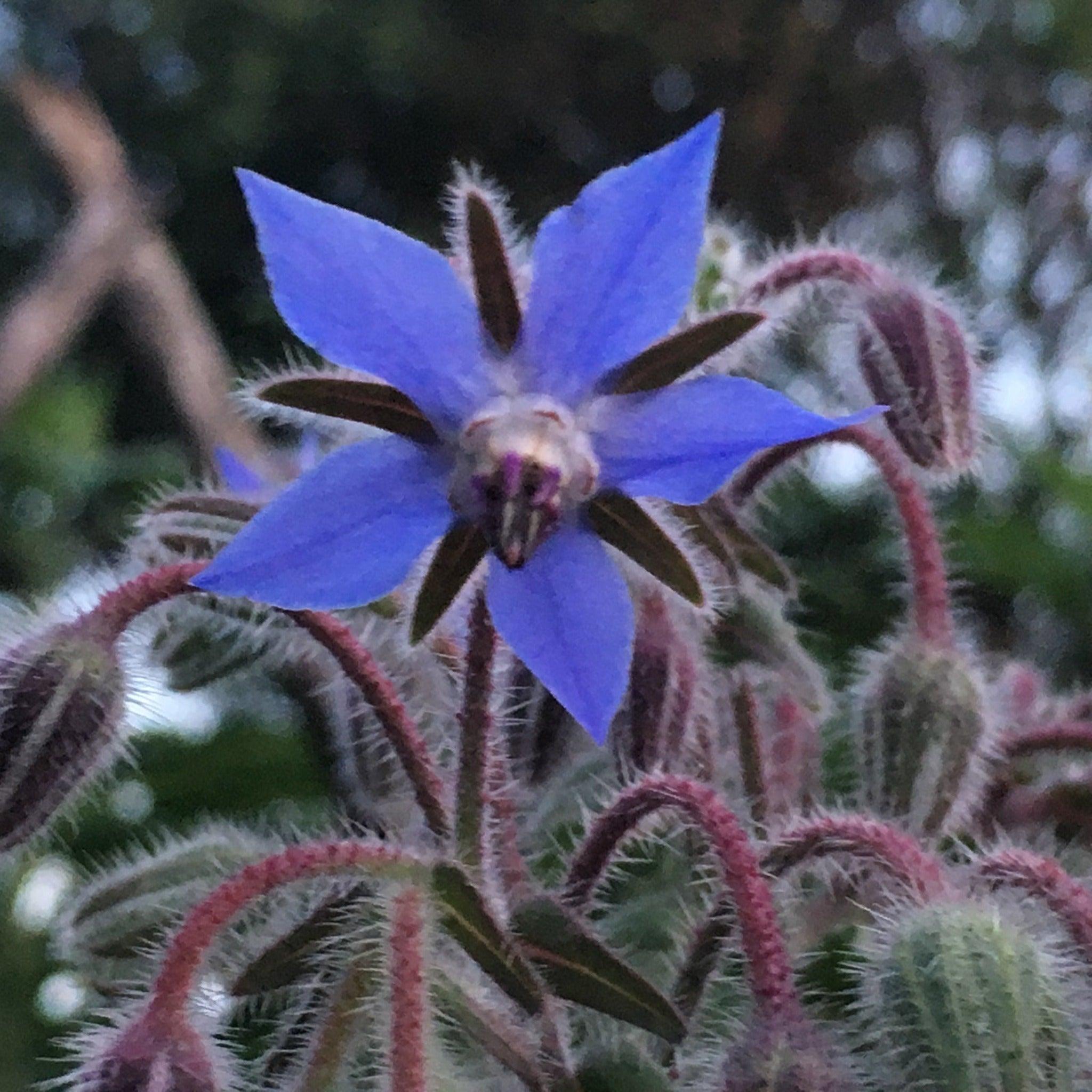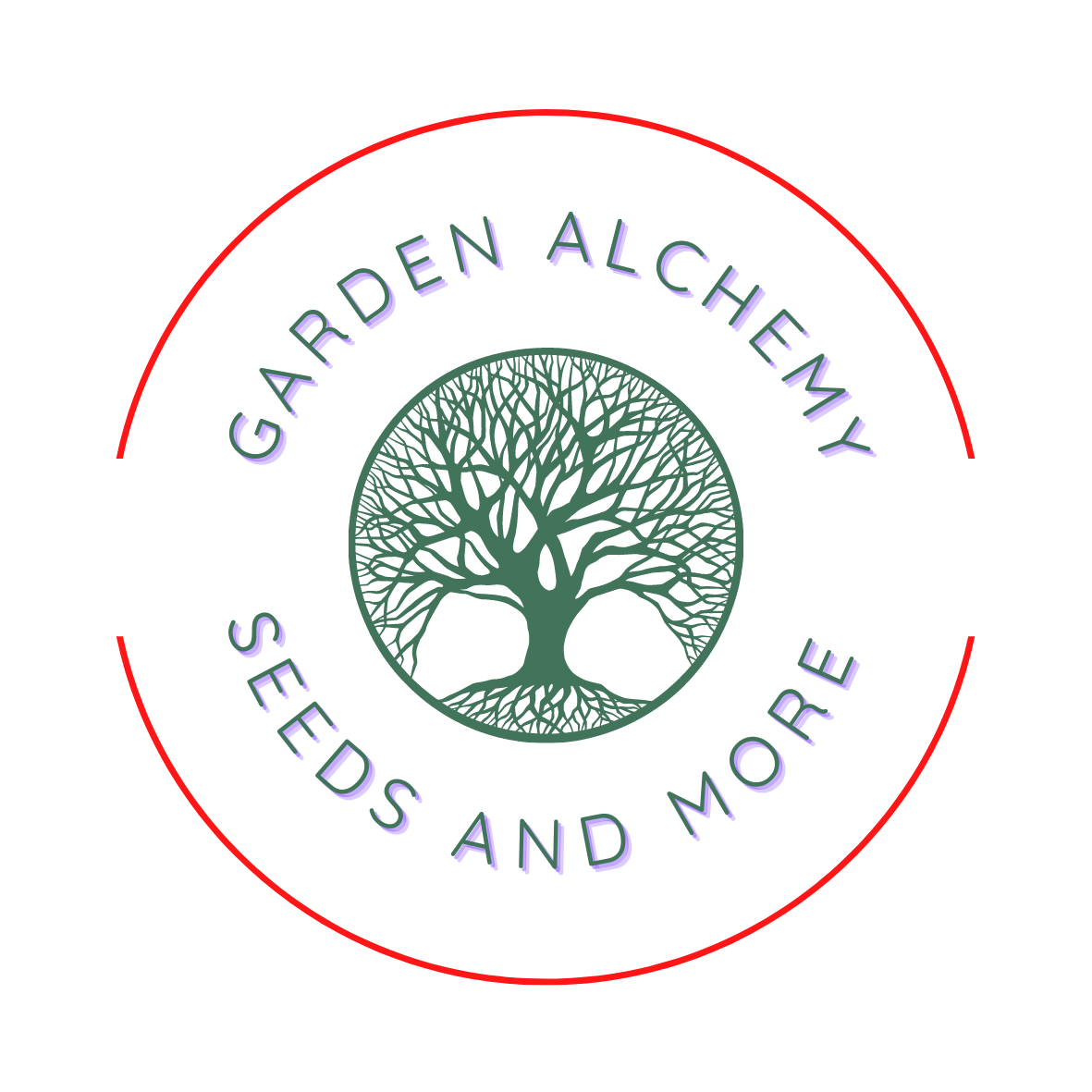
Borage- Heirloom, Non GMO Seeds
Borage was traditionally cultivated for culinary and medicinal uses. As a fresh vegetable, the leaves have a cucumber taste and can be used in salads and as a garnish. The flower has a sweet honey like taste and is often used in cocktails and to decorate desserts. Both the flowers and leaves have been used to treat cough, fever and depression.
Choose options

Borage- Heirloom, Non GMO Seeds
Sale price$2.50
